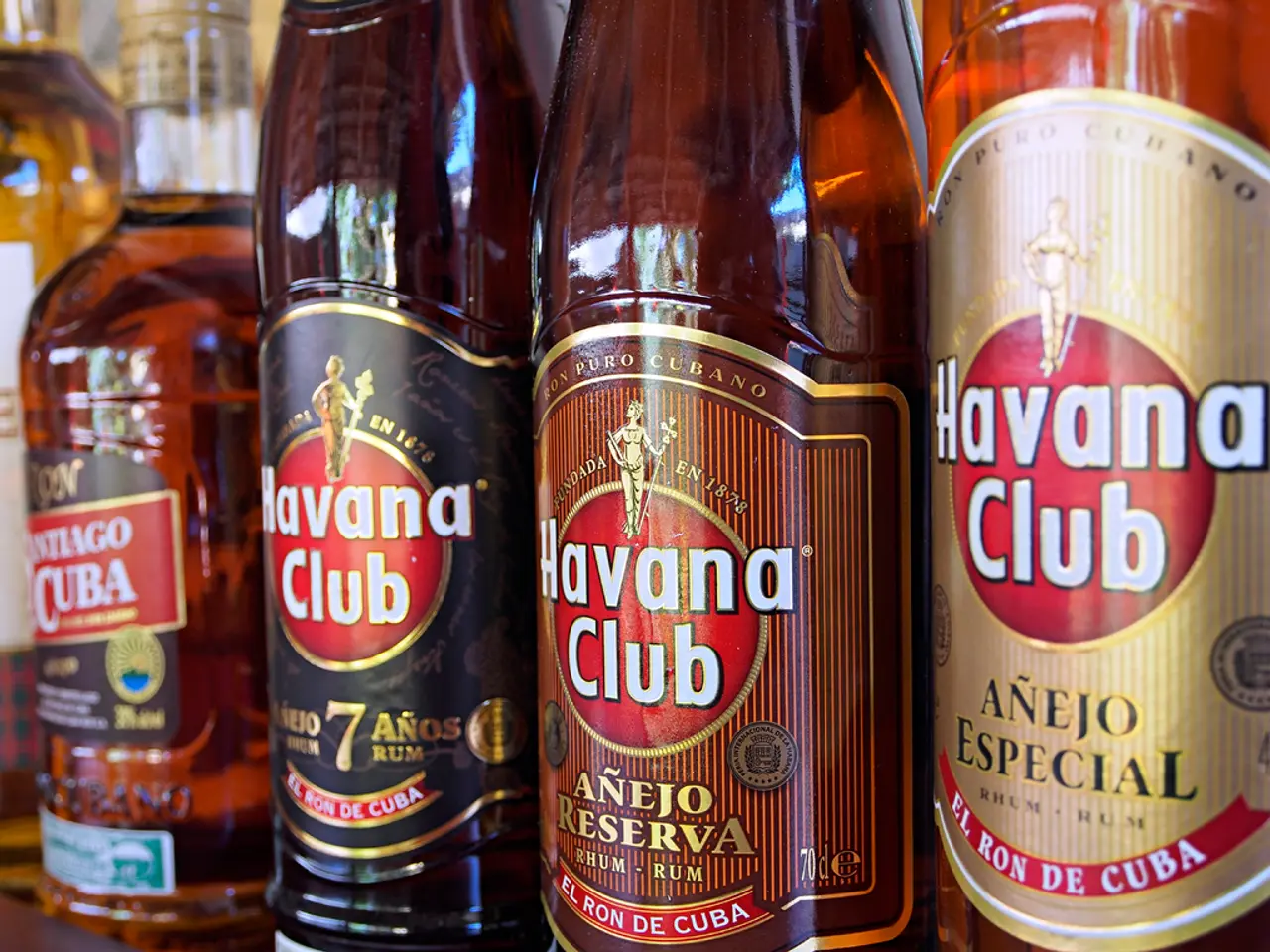Increase in Nicotine Pouch Poisonings Observed Among Young Children
In a concerning trend, incidents of nicotine pouch poisonings among toddlers have seen a sharp increase, with a 700% rise from 2020 to 2023 reported in multiple studies. This alarming development has prompted health experts and organizations to propose safety measures and regulatory changes.
Study Findings
A recent study analysed data covering nearly 135,000 incidents reported to poison centers from 2010 to 2023. The research found that while some products like liquid nicotine peaked in earlier years and declined after changes in safety laws, the opposite happened with nicotine pouches. The majority of incidents occurred at home and involved children younger than two years old.
Key Proposed Safety Measures and Regulations
- Child-Resistant Packaging: Stricter requirements on child-resistant packaging for nicotine pouches are being recommended to prevent easy access by young children at home.
- Warning Labels and Education Campaigns: Enhanced labeling on nicotine pouches about the risks to children and broader public education campaigns aimed at parents and caregivers emphasize safe storage practices and awareness of the poisoning risk.
- Surveillance and Reporting: Continued and improved surveillance of nicotine pouch poisonings through poison control centers is advocated to track trends and inform regulatory action.
- Restrictions on Sales and Packaging: There have been calls for tighter regulations on the marketing and sale of nicotine pouches, including limiting sales to minors and potentially regulating package size or nicotine concentration to reduce toxicity.
- Product Reformulation: Some experts recommend exploring product reformulation to reduce nicotine concentration or use bittering agents to deter ingestion by young children.
These measures stem from the urgent public health concern highlighted by the American Academy of Pediatrics and research institutes showing that nicotine pouches pose a higher risk of serious medical outcomes compared to other nicotine products, especially for children under 2 years old.
Safety Tips for Parents and Caregivers
- Store any nicotine products high up and out of sight, not in bags or backpacks where a child might go looking.
- Lockboxes or cabinets with secure latches offer even better protection for nicotine products.
- Having the national Poison Help Line number saved in an easy-to-reach spot, like on the fridge or in a phone contact list, can help in an emergency. The national Poison Help Line number is 1-800-222-1222 and operates around the clock.
As the market for nicotine products changes, the dangers change too. Some nicotine pouches contain more nicotine than a child's system can safely handle. It's crucial to stay aware, keep harmful items out of reach, and push for better safety rules to help prevent more children from ending up in the emergency room.
[1] American Academy of Pediatrics (2022). Nicotine Pouches: A Growing Danger to Children. Pediatrics. [2] Centers for Disease Control and Prevention (2023). Increase in Nicotine Pouch Poisonings Among Children. Morbidity and Mortality Weekly Report. [3] Food and Drug Administration (2023). Nicotine Pouch Poisonings: A Call to Action. Federal Register. [4] National Institute of Health (2023). Nicotine Pouch Poisonings: A Public Health Crisis. Journal of Public Health.
- The alarming increase in incidents of nicotine pouch poisonings among toddlers has sparked a call for various therapies and treatments, such as stricter child-resistant packaging, warning labels, and extensive public education campaigns.
- Time and again, research on health-and-wellness and chronic diseases has shown that nicotine pouches pose a higher risk of serious medical outcomes compared to other nicotine products, particularly for children under 2 years old.
- In response to the rise of nicotine pouch poisonings, organizations have advocated for surveillance, restrictions on sales, and product reformulation to safeguard the mental health and neurological well-being of young children.
- CBD, often touted for its therapeutic effects, should not replace proper nutrition and exercise, but it might offer potential benefits for managing chronic diseases and supporting overall health-and-wellness when used responsibly.
- Parenting a child in today's world means being aware of not only physical hazards but also potential dangers like nicotine pouches that could lead to toxic ingestion, necessitating advocacy for better fitness-and-exercise regimens, nutritional guidelines, and safety rules to promote a balanced and healthy environment for children.




